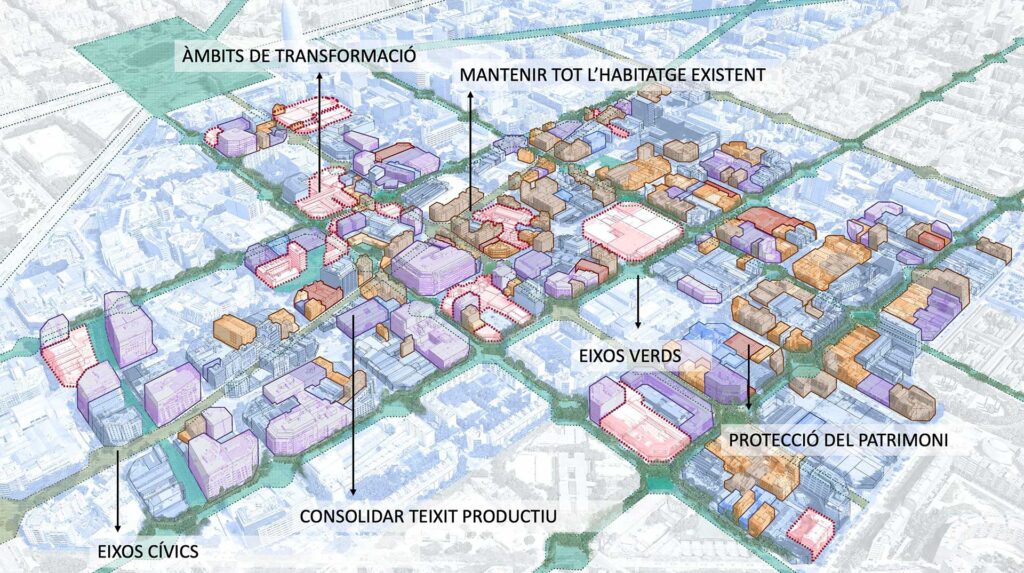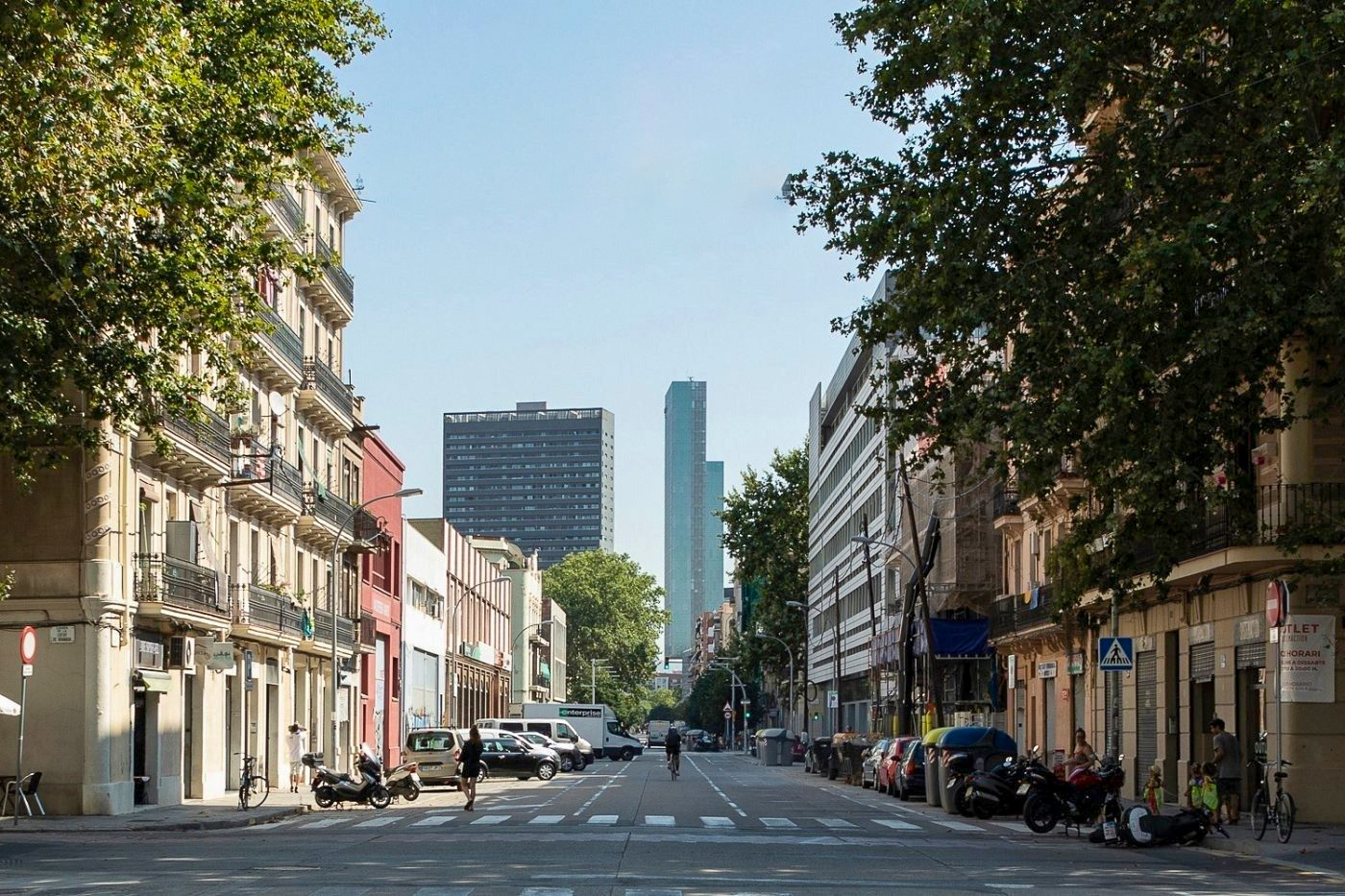In 2000, the 22@ plan was approved, an ambitious project to transform 200 hectares of industrial land in Sant Martí into a hub of economic activity. The district, known as the “Catalan Manchester” because of its large number of industries, was suffering a deep decline.
The purpose was the urban, economic and social rehabilitation of the neighborhood, taking advantage of the global explosion of the information and communication technology (ICT) sector in the world. Maintaining the productive nature of the neighborhood, but changing the industrial activity for new uses related to the knowledge economy. The first strategy was focused on four specializations: information and communication technologies (ICT), biomedical research (BioMed), energy and design.
Translated with www.DeepL.com/Translator (free version)
The new 22@, more inclusive and sustainable
In 2017, a new stimulus was given to the original 22@ plan in order to adapt it to the new urban, social and economic challenges. To this end, a participatory process was opened, “Repensem el 22@”, promoted by the City Council and with the participation of the main agents of the quadruple helix: neighborhood community, business sector, universities and public administration.

Barcelona’s economic future, in the short term, is located in 22@ North
Having practically defined and transformed 22@ South, located in the Poblenou and Parc i la Llacuna areas, the extension or second phase of this successful model crosses Avenida Diagonal and looks to the North. With the experience of more than 20 years, the social and neighborhood involvement, private companies, universities and public administrations, the original approach has been rethought to adapt it to the new urban, social and economic challenges.
The southern area, below Avenida Diagonal, with 120 hectares, concentrates 84% of the companies, 85% of the workers and generates 86% of the gross value added, while the northern sector, with 79 hectares, has developed fewer initiatives and is where the new strategies are now concentrated.
Unique projects in 22@ North
Pere IV Area and the "Creative Mile"
The “Creative Mile” can become the economic and social engine of the transformation of the 22@ North. Pere IV street, from Carrer de la Marina to Rambla de Prim and beyond, with a high concentration of heritage elements, has the potential to develop uses and activities linked to heritage, culture and creativity.
The aim of “the Creative Mile” is to give impetus to these creative industries, a strategic sector for the city, favoring the conversion of related spaces in this avenue.
The redevelopment actions will be reinforced with the recovery for new uses of old factories such as La Escocesa or Can Ricart, which will be added to other existing spaces such as Oliva Artés or Ca l’Alier.
All these features, together with the increased presence of housing to consolidate, will turn Pere IV street into the structuring avenue of Poblenou.

Cristóbal de Moura Axis
This project is an opportunity to promote the implementation of companies and services linked to the green and circular economy.
The exceptional width of Cristóbal de Moura Street has proved to be ideal for configuring a green axis, already under development, within the northern sector of 22@. The aim is to turn it into an urban example to provide innovative solutions for energy transition and resilience against climate change and pandemics, aspects contained in the 2030 Agenda.
The main areas of activity are:
- Architecture: to build the surroundings with buildings of architectural excellence in terms of sustainability and typological innovation.
- Sustainable mobility: improve connection with public transport and non-motorized individual mobility.
- Environment and public space: to propose an ecological corridor with a diversity of public spaces to meet the needs of citizens.
- Energy: promote renewable and efficient energy production by working with the synergies of integrated networks (smart grid).
- Information technologies: develop an innovative urban environment where pioneering technologies such as the internet of things or 5G can be put into practice.

Palo Alto, the incubator for creative businesses
In 1993, a group of entrepreneurs transformed an old abandoned factory on Pellaires Street into a residence for companies in the plastic arts, communication and creative industries.
With a new public-private management, the City Council wants to preserve the essence of Palo Alto to turn it into an incubator for new talents and creative projects. The goal is to culturally invigorate the neighborhood and become a benchmark for design and creativity on a global level.
The Parc del Centre del Poblenou
The Parc del Centre del Poblenou was designed by architect Jean Nouvel and praised for its sustainable design and energy efficiency. However, it is not well connected to the neighborhood.
The objective is to redefine it to make it a point of reference for Poblenou and the 22@ area. In this sense, efforts will be made to reinforce the continuity of Pere IV street as it passes through the park.

The future of 22@
22@ has transformed a neighborhood anchored in the industrial past into an economic, productive, inclusive and sustainable engine, becoming a benchmark for Barcelona. In the last twenty years, according to the Cerdà Institute, more than 4,000 companies related to knowledge services and medium and high technology companies have settled in this area. This means the creation of more than 47,000 jobs and a gross added value of 2,684 million euros.
The aim is to transfer the 22@ model beyond the Sant Martí district, strengthening relations with new productive areas of the city that will be developed in the coming years, such as the Sagrera surroundings and the Besós industrial area.
The 22@ district can be seen as a metaphor for a truly metropolitan area. It wants to be local and global at the same time. It depends directly on its relationship with the outside world as much as on itself. Perhaps we could understand and improve it as if it were a scale model of a metropolitan idea. On the solid base of Ildefons Cerdà”.
Manuel de Solà – Morales, architect.


